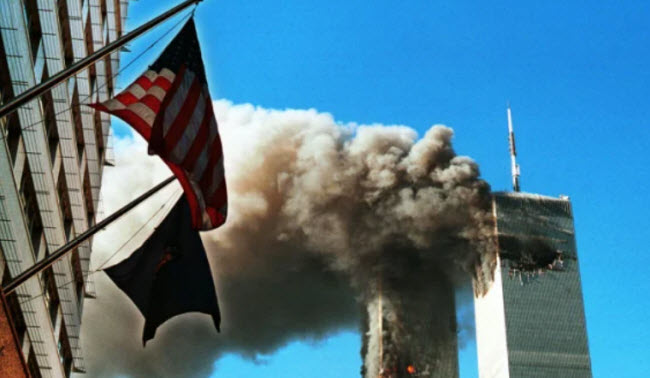The September 11, 2001 attacks on American soil are considered one of the deadliest terrorist operations in U.S. history. On this day, 19 terrorists affiliated with al-Qaeda hijacked several commercial aircraft and directed them towards key targets such as the Twin Towers of the World Trade Center in New York City and the Pentagon, the headquarters of the U.S. Department of Defense. These attacks resulted in the deaths of thousands of civilians, widespread destruction, and the loss of many police and firefighters who attempted to rescue those trapped in the collapsing towers. The incident had far-reaching consequences that continue to resonate today, leading the United States to invade Afghanistan, overthrow the Taliban regime, and subsequently invade Iraq under the pretext of possessing weapons of mass destruction. The invasion ended with the overthrow of Saddam Hussein’s regime and plunged the country into a period of significant political turmoil.
Planning the September 11 Attacks
The September 11 attacks were significantly accelerated due to the beliefs of Osama bin Laden, the leader of al-Qaeda, about the United States. Abu Walid al-Masri, who worked as bin Laden’s aide in Afghanistan during the 1980s and 1990s, explained that in the years leading up to the attacks, bin Laden had become increasingly convinced that America was much weaker than some believed. As evidence, he pointed to what happened in Beirut, where a bombing of a Marine barracks led to their withdrawal from Lebanon in 1983, resulting in the death of 241 American servicemen. This event reinforced bin Laden’s belief that the U.S. was a paper tiger. This conviction was not only shaped by America’s departure from Lebanon but also by the withdrawal of U.S. troops from Somalia in 1993 after the death of 18 American soldiers in Mogadishu and the American withdrawal from Vietnam in the 1970s.
The chief planner of the September 11 attacks was Khalid Sheikh Mohammed, who spent his youth in Kuwait and became active in the Muslim Brotherhood at the age of sixteen. He later traveled to the United States to attend college, obtaining a degree from North Carolina State University in 1986. Afterward, he traveled to Pakistan and then Afghanistan to fight the Soviet Union, which had invaded Afghanistan in 1979. His focus eventually shifted to attacking the United States. Mohammed planned to bomb several American planes in Asia during the mid-1990s in a conspiracy known as “Bojinka,” but he failed. However, he believed that by aligning himself with bin Laden, he had a chance to achieve his long-held goal. He met bin Laden in Tora Bora, Afghanistan, and proposed an operation involving training pilots to crash planes into buildings in the United States. Al-Qaeda provided personnel, money, and logistical support for the operation. Bin Laden’s strategic goal was to attack the “distant enemy,” i.e., the United States, to bring about changes in Middle Eastern regimes.
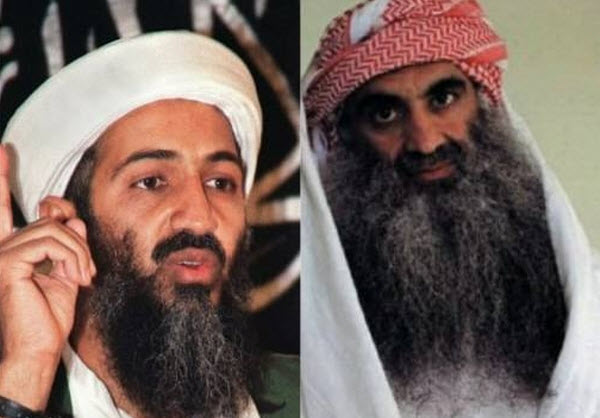
The September 11 attacks demonstrated that al-Qaeda was a well-organized, global organization. Planning meetings were held in Malaysia, the hijackers received flight training in the United States, coordination was managed by planning leaders in Hamburg, Germany, money was transferred from Dubai, and suicide bombers were recruited from across the Middle East. All these activities were overseen by al-Qaeda leaders in Afghanistan. Despite their enthusiasm for the plan, the leaders were not more enthusiastic than the operatives living in the West. One of the key planners, Ramzi bin al-Shibh, became more radicalized during his time in Hamburg. A combination of perceived or real discrimination, alienation, and nostalgia had pushed him and others towards greater extremism, leading them to increasingly isolate themselves from the outside world. They traveled to Afghanistan in 1999 in search of al-Qaeda.
Mohammed Atta and other members of the Hamburg group arrived in Afghanistan in 1999, at a time when the September 11 attacks were beginning to take shape. Bin Laden and his military commander, Mohammed Atef, realized that Atta and his Western-educated colleagues were better suited to lead the attacks on Washington and New York. Bin Laden appointed Atta to lead the operation. The rest of the hijackers, most of whom were from Saudi Arabia, settled in the United States, many arriving well before the attacks. They traveled in small groups and some received training in commercial aviation. Throughout his stay in the United States, Atta kept bin al-Shibh updated on the progress of the planning via email. To conceal their activities, Atta wrote letters as if addressing his fiancée, Jenny, using innocuous code to inform bin al-Shibh that they were nearly complete with their training and preparation for the attacks. In one message, he wrote: “The first semester begins in three weeks… nineteen diplomas for private education and four exams,” where the “nineteen diplomas” referred to the nineteen al-Qaeda hijackers, and the “four exams” indicated the four attack targets.
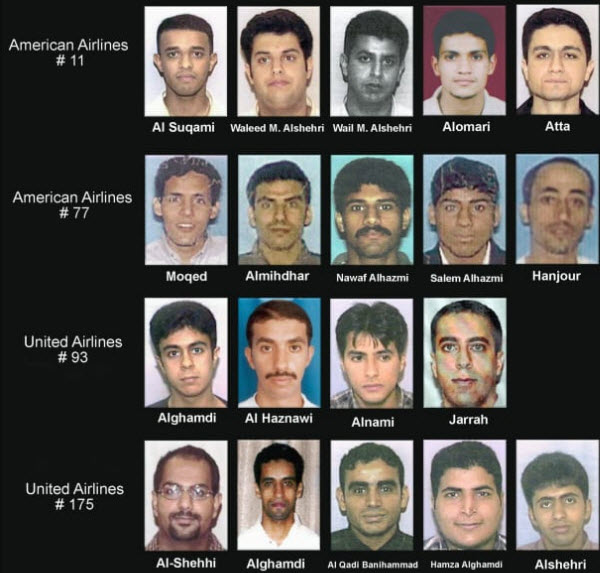
On the morning of August 29, 2001, Atta contacted bin al-Shibh and told him he had a riddle to solve: “Sticks and a cake on a stick—what is it?” After pondering the question, bin al-Shibh realized Atta was indicating that the attacks would occur in two weeks—the sticks being the number 11 and the cake on a stick being 9, i.e., 11-9 or September 11. On September 5, bin al-Shibh left Germany for Pakistan and, upon arrival, sent a messenger to Afghanistan to inform bin Laden of the attack date and scope.
Executing the September 11 Attacks
On September 11, 2001, groups of attackers boarded four domestic flights from three East Coast airports. Shortly after takeoff, they hijacked the planes, incapacitated the flight crews through threats, and possibly by stabbing some with box cutters they had hidden. The hijackers took control of the planes, all of which were large and headed for the West Coast with full fuel loads. At 8:46 a.m., the first plane, American Airlines Flight 11, which had departed from Boston, was flown into the North Tower of the World Trade Center in New York City. Most observers initially interpreted this incident as a small passenger plane crash. Seventeen minutes later, the second plane, United Airlines Flight 175, also departing from Boston, struck the South Tower. At this point, there was no doubt that the United States was under attack. Both buildings were severely damaged by the collisions, igniting fires. Office workers trapped above the impact zones jumped from the floors above to their deaths rather than face the raging inferno within the towers. Subsequently, at 9:37 a.m., the third plane, American Airlines Flight 77, which had taken off from Dulles Airport near Washington, D.C., crashed into the southwest side of the Pentagon, causing a fire in that part of the building. Minutes later, the Federal Aviation Administration ordered a nationwide ground stop, and during the following hour (10:03 a.m.), the fourth plane, United Airlines Flight 93, which had departed from Newark, New Jersey, crashed near Shanksville, Pennsylvania, after passengers informed their loved ones of the events onboard via mobile phones and attempted to overcome the hijackers.
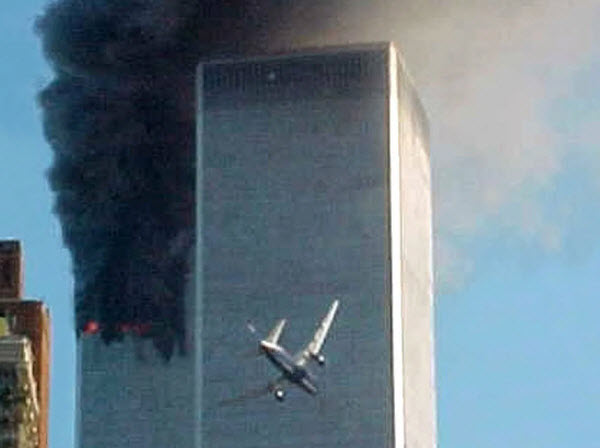
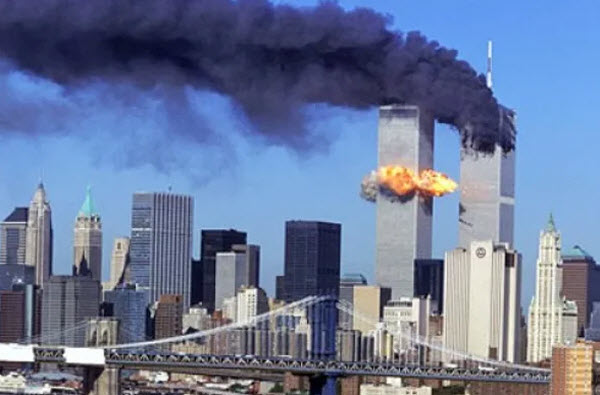
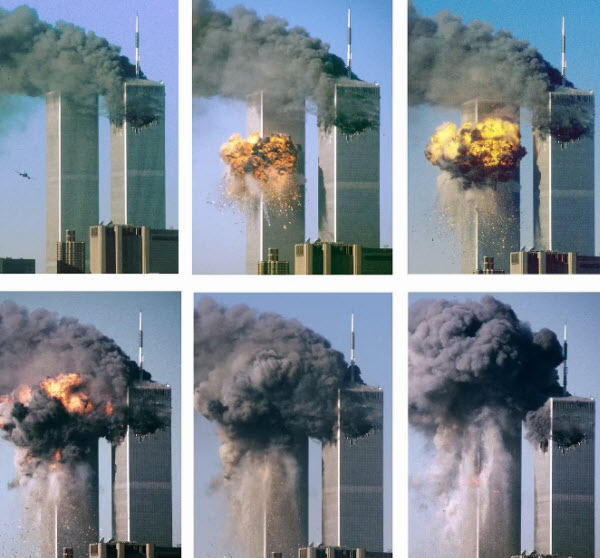
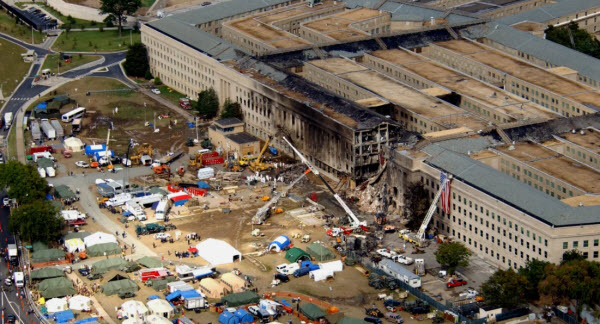
At 9:59 a.m., the South Tower of the World Trade Center, which had been severely damaged, collapsed, followed by the North Tower 29 minutes later. Soon, clouds of smoke and debris filled the streets of Manhattan, and office workers and residents fled in panic as they tried to navigate through the rising debris. Several other nearby buildings suffered severe damage and some eventually collapsed. Fires at the World Trade Center site burned for more than three months, and rescue operations began immediately as the nation and the world grappled with the enormity of the loss. Nearly 3,000 people were killed (approximately 2,750 in New York, 184 at the Pentagon, and 40 in Pennsylvania), along with all nineteen terrorists. The total count in New York City included more than 400 police officers and firefighters who lost their lives after rushing to the scene and the towers.
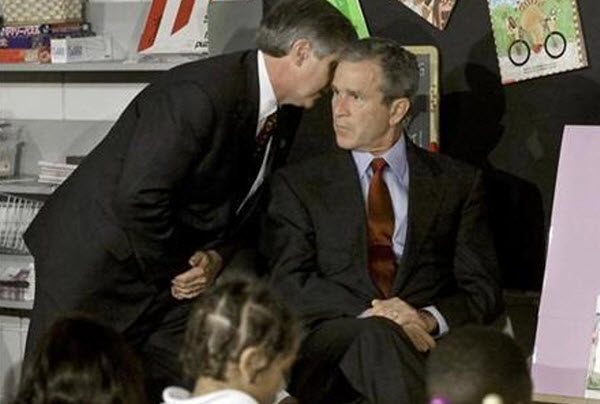
Meanwhile, on the morning of September 11, President George W. Bush was visiting an elementary school in Florida when he was informed that a plane had struck the World Trade Center. Shortly thereafter, White House Chief of Staff Andrew Card whispered in the president’s right ear: “A second plane has hit the second tower, and America is under attack.” To keep the president away from harm, Bush later flew aboard Air Force One and landed in Washington, D.C., later that evening. At 8:30 p.m., he addressed the nation from the Oval Office, delivering a fundamental doctrine for his future foreign policy: “We will not differentiate between the terrorists who committed these acts and those who harbor them.” On September 14, Bush visited Ground Zero, the site of the World Trade Center, which was a heap of rubble where thousands had died. Standing on a fire truck to address rescue workers striving to find survivors under the debris, one worker said he could not hear what the president said. Bush responded with one of the most memorable statements of his presidency: “I can hear you, and the rest of the world hears you, and the people who knocked these buildings down will hear all of us soon.”
In response to the attacks, Bush’s approval ratings soared from 55 percent before September 11 to 90 percent in the following days, the highest recorded for any president.
Aftermath of the Incident
The emotional distress caused by the September 11 attacks, particularly the collapse of the Twin Towers, which were iconic landmarks in New York City, was overwhelming. Unlike the relatively isolated Pearl Harbor attack in 1941, which was compared to the September 11 events, the World Trade Center was in the heart of one of the world’s largest cities. Hundreds of thousands witnessed the attacks firsthand, with many spectators filming or recording the events on video cameras.
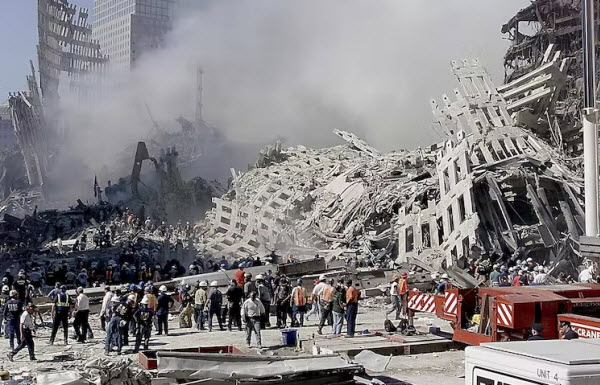
The tragic event was globally broadcast live, and a multitude of images and videos circulated through the media. The television networks repeatedly aired footage of the planes crashing into the Twin Towers and their eventual collapse. Other notable coverage included the moment President George W. Bush, addressing a classroom of second graders in Florida, was informed that America was under attack.
The September 11 attacks were immediately perceived as a major act of terrorism, and the immediate response involved international cooperation, heightened security measures, and a swift national mobilization. The aftermath of the attacks saw a significant increase in national and global counterterrorism efforts. The U.S. government established the Department of Homeland Security, implemented new security measures at airports and public spaces, and initiated a series of military and intelligence operations to counteract and dismantle al-Qaeda and other terrorist networks. The subsequent War on Terror saw the U.S. invade Afghanistan and Iraq, significantly impacting global politics, security policies, and international relations.
The September 11 attacks profoundly affected American society, influencing political, cultural, and economic aspects. They led to the realization of vulnerabilities in national security, prompted a reevaluation of foreign policy strategies, and generated widespread debate on civil liberties, surveillance, and the balance between security and privacy.
The attacks’ impact extended beyond immediate security concerns, shaping the course of international relations, military strategy, and the broader understanding of global terrorism. The legacy of September 11 continues to influence the world in various ways, serving as a somber reminder of the consequences of terrorism and the importance of collective efforts to address and combat such threats.
